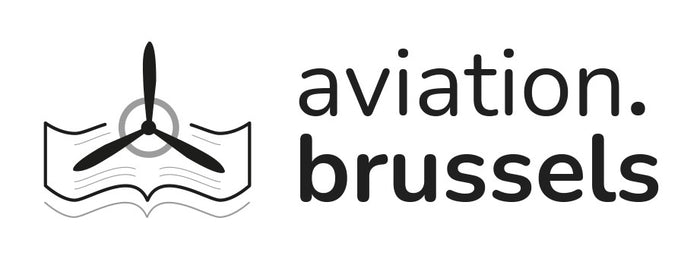McDONNELL DOUGLAS F-4 GUN NOSED PHANTOMS - VOLUME 8
Prix régulier 29,00 € TTC 6%
Characteristics
| ISBN-13 | 9780933424715 |
| ISBN-10 | 0-933424-71-X |
| Book cover finish(es) | Perfect paperback |
| Condition | Like New |
| Author(s) | Kris Hughes, Walter Dranem |
| Publisher | Specialty Press Publishers and Wholesalers |
| Number of pages | 100 |
| Published date | 1997 |
| Language(s) | English |
| Collection / Series | Warbird Tech Series Volume 8 |
| Size | 21 x 27,5 x 0,8 cm |
| Categorie(s) | • APPAREILS - CONSTRUCTEURS • AVIATION MILITAIRE |
Description
When the McDonnell YF4H-1 was rolled out in May 1958, it represented the very latest in fighter technology. It was everything the Navy wanted in their fleet defense interceptor. Large for a fighter aircraft at over fifty-eight feet in length, with a thirty-eight foot wingspan, the YF4H-1 was almost twice the size of contemporary fleet aircraft such as the Grumman F11F Tiger and McDonnell F3H Demon. The YF4H-1 was powered by a pair of General Electric J79-2 turbojets rated at 16,150 lbs. of thrust in afterburner. The 32,000+ lbs. of thrust would enable the big fighter to reach speeds of Mach 2.
The fuselage of the YF4H-1 was area-ruled, meaning it was pinched in just aft of the intakes, i.e., the wasp-waist effect, to retard shock wave buildup along the rear fuselage. The large flat wing was a modified delta shape, with the outer wing panels having a very pronounced 12° dihedral at the wingtip fold point.
Big, smoky, with twin engines and two aboard, gun nosed Phantoms roamed the skies of Vietnam in search of the enemy. Now, take a look under the skin of one of these monsters. Tech manual extracts, vintage photos, exploded view, etc.
WARBIRDTECH SERIES is a collection of books dedicated to historical military aircraft, particularly those that had a significant impact during World War II and subsequent conflicts. Each volume focuses on a specific aircraft model, providing an in-depth analysis of its technical features, development, and operational use.
The books in this series are distinguished by their combination of detailed illustrations, rare photographs, and technical drawings, allowing aviation enthusiasts and historians to explore the specifics of each aircraft. In addition to technical aspects, the series also examines the historical and military context in which these planes operated, making each book not only informative but also engaging for readers interested in aviation and military history.
The series is particularly appreciated by collectors, modelers, and aviation enthusiasts for its rigorous research and visually appealing presentation.
